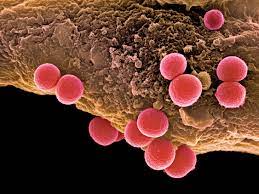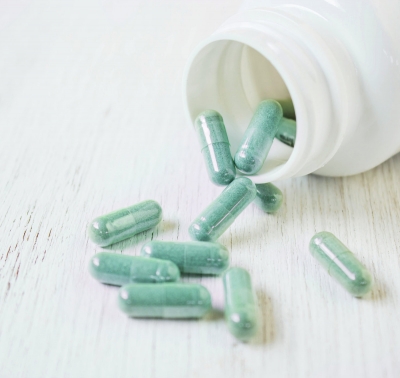How do inhalers help?

Inhalers deliver medicine you need straight to your lungs. It goes without saying then, that they're used for conditions which affect your lungs, of which by far the most common are asthma and chronic obstructive pulmonary disease (COPD).
Because the medicine goes straight to where it's needed, you only need tiny amounts compared to the dose you'd need to take of the same medicine in tablet form. That means fewer side effects and more effective treatment - as long as you take them properly.
Preventer inhalers don't work as fast as relievers, but they're just as important. If your symptoms aren't controlled by using occasional puffs of your reliever medicine, you'll be advised to take a preventer inhaler to stop symptoms happening in the first place. Different ones work in different ways, but their roles include reducing inflammation in the airways and opening the airways up.
They need to be taken every day for full effect, and can both prevent wheeze and improve your ability to get around and exercise. They can also reduce your risk of a severe attack needing hospital admission. In asthma, the most common preventer inhalers contain small doses of steroid. You may also get a long-acting version of a reliever medicine to take to relieve your symptoms over 12 or even 24 hours.
Picture Credit : Google


